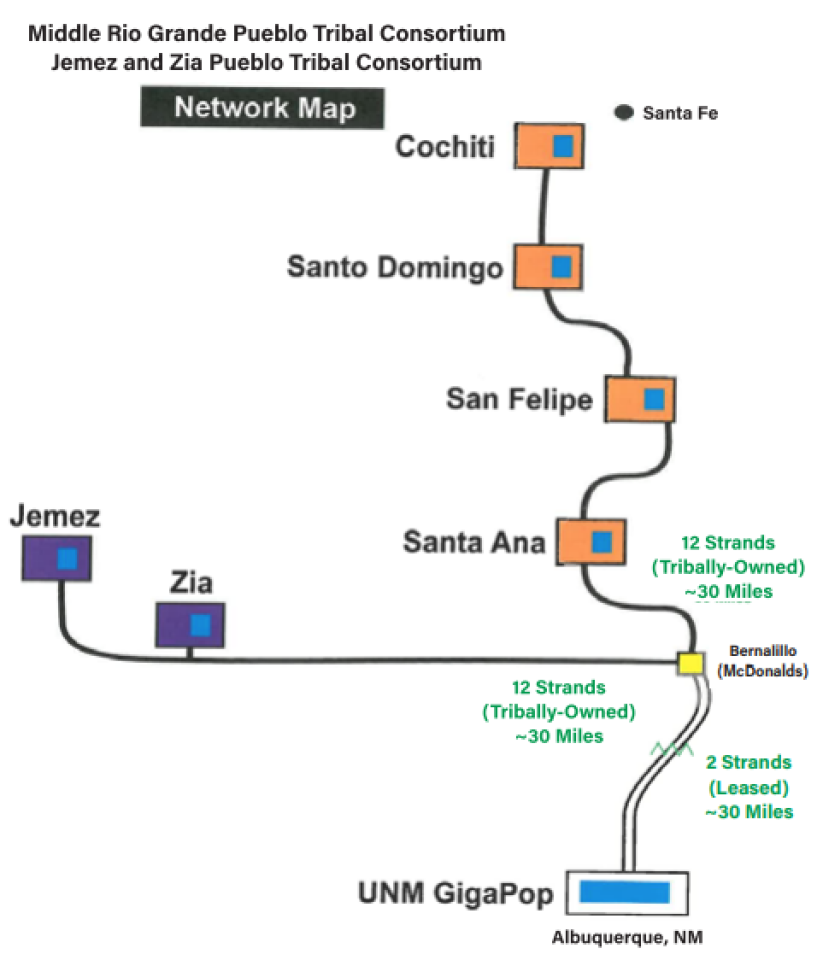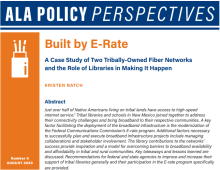New Report Shows How Two Tribal Networks in New Mexico Brought Faster Speeds and Lower Prices
A new report out by the American Library Association shows how community anchor institutions — and libraries in particular — can serve as central players in expanding tribal connectivity efforts around the country. “Built by E-rate: A Case Study of Two Tribally-Owned Fiber Networks and the Role of Libraries in Making It Happen" [pdf] looks at the striking success of tribal efforts in New Mexico in putting together a coalition of actors to dramatically improve Internet access in the region.
The report examines networks built by two consortiums situated in the middle of the state in the summer of 2018: the Middle Rio Grande Pueblo Tribal Consortium and The Jemez and Zia Pueblo Tribal Consortium. An endeavor initially spearheaded by the Santa Fe Indian School (which long ago recognized the need for virtual learning, the value of fast, affordable Internet and the ongoing cost of slow, poor, high monthly costs), “Built by E-Rate” details how they came into being and the obstacles they faced along the way, and offers policy recommendations moving forward.

Faster Speeds, Lower Costs



